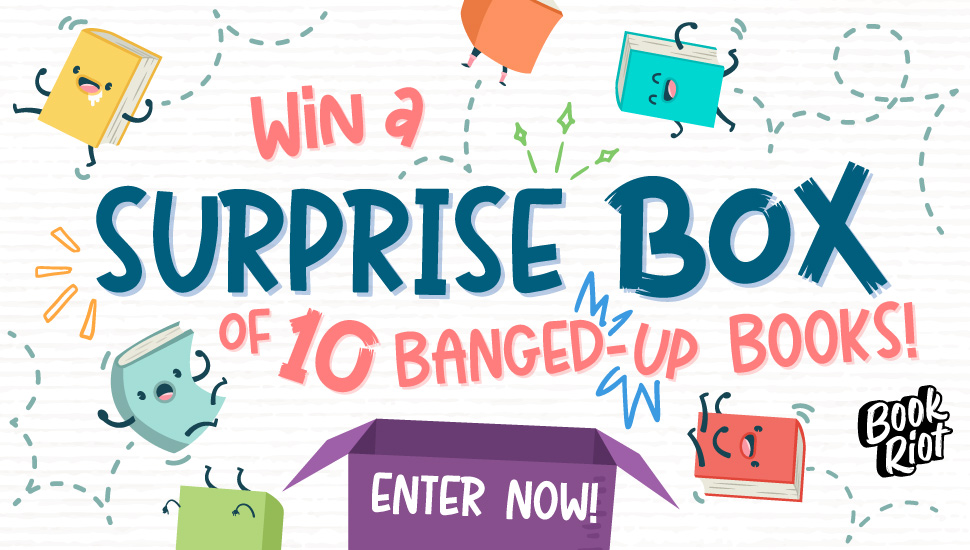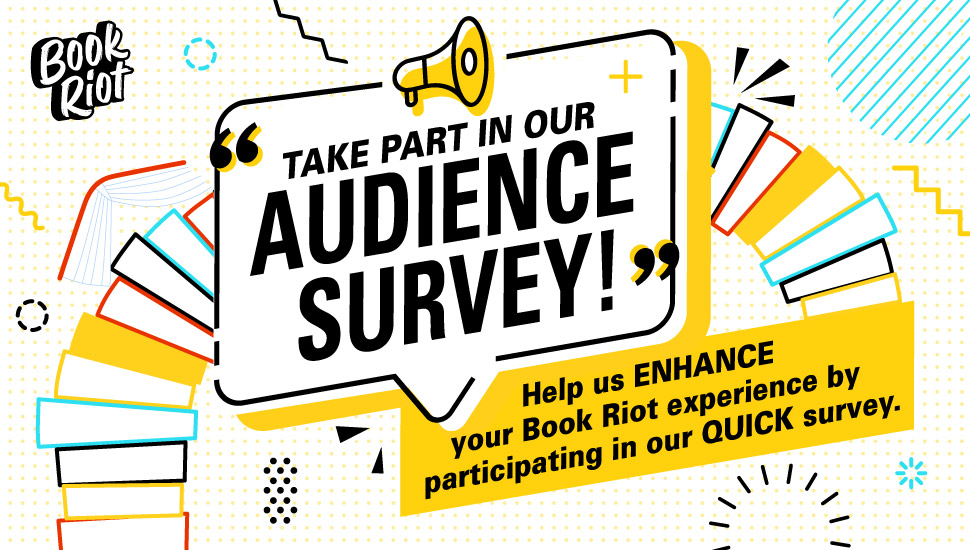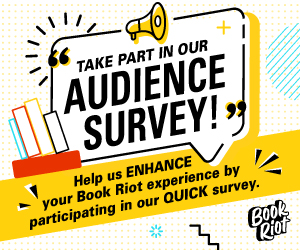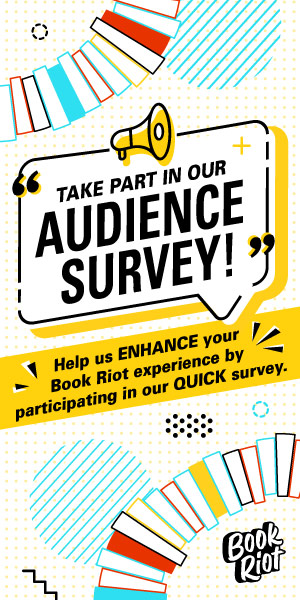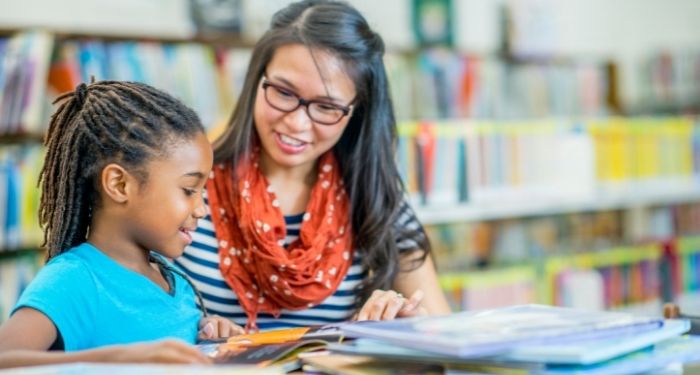
School Librarians are Disappearing: Here’s Why They Shouldn’t
School librarians are disappearing. Data shows that there’s a decrease in school librarian positions over time. Whether this librarian shortage is from budget cuts, lack of applicants, or people simply not understanding what librarians do, the jobs aren’t available. Libraries inside schools still exist and are often not closed. In some schools, teachers are expected to utilize these librarianless spaces themselves, adding to teachers’ already over burdened workload.
There are 90,400 public and private schools for grades kindergarten through high school in the United States. Of those, 82,300 (91%) have school libraries and only 56,000 (61%) have full-time librarians. Only one out of every ten charter schools reports employing a librarian.
The value of public libraries has been well proven. They offer free educational materials, help underserved communities, boost local economies, connect people, and make communities healthier. It seems that while schools continue to have the physical libraries, they are missing the integral part that public libraries have — librarians.
Let’s get real, the public libraries aren’t integral parts of their communities because they have shelves of books. They are community mainstays because of the people who work in them and visit them. School libraries should be the community center of their school, and an empty room full of dusty shelves is not contributing to any community in a meaningful way. Librarians are what make these spaces so special and safe. Not understanding what school librarians do is a big part of the problem, so let me highlight just a few of our responsibilities.
Library media specialist
Some of the issue might be in the word “librarian” itself. The connotation with the word librarian is often a stuffy, shushing, gatekeeper of the books, and guardian of silent spaces. This is not the reality of most school librarians, quite the opposite in fact. Often the librarians are the ones who know (and loan out) the tech. We are constantly educating ourselves on digital tools teachers could use in the classroom, updating the technology available in our spaces, the first ones trained on new technology entering the building.
The word “librarian” doesn’t bring to mind the kind of leadership and support that most school librarians bring to their school’s culture. Personally, I prefer the title of librarian or teacher librarian rather than library media specialist because if we redefine the word, it can be more encompassing than adding descriptors to our title.
Tech
Staying literate in the digital tools offered by the district is an important part of a school librarian’s job. We are the person teachers and students come to when they have a question about how to make something happen, from picture slideshows to graphics to interactive educational presentations. All the new podcast/video/coding equipment the principal ordered has to be understood by someone. Librarians are in the perfect position to learn and educate staff and students on the new technology resources.
Many school libraries house makerspaces. Think 3D printers, iPads, greenscreens, robot assembly kits. It doesn’t even have to be that fancy (ahem, high dollar). Gathering items that can be repurposed, like this librarian that made a recording studio for her students out of pizza boxes.
Databases are often an untapped resource in schools for students and teachers doing research. Librarians are trained and practice using them regularly, so we can educate our students and staff on all the resources available to them. Databases have come a long way since many of the teachers have been in college, having a guide for these massive information tanks is essential.
Risk takers
Librarians aren’t bound by standardized testing expectations or pacing guides, allowing them to take risks in ways that many teachers feel like they cannot. They can start clubs or programming around interest based skills that students need in life, but the classroom hasn’t adapted yet. People go to the library to learn how to code, edit videos, to use physical manipulatives such as 3D puzzles, which help them learn basic mechanics and spatial reasoning.
Same goes for teachers. If a teacher has an idea they want to implement but are hesitant because of fears about falling behind or upcoming testing schedule, they can work with the librarians to help them execute new ideas. Librarians can have more freedom than teachers to try new lessons, ideas, or programs, making them ideal collaborators with teachers. Since we don’t have the same pressures as teachers, we often have more brain space available to generate ideas.
Safe spaces
School libraries are a haven for all kinds of students. From being able to escape a loud, overstimulating lunch space to being greeted by name when they enter, students know the library is a place they are welcome. Some students have accommodations to go to the library when they are anxious or need a place to de-escalate. Sending students to unstaffed libraries would not be safe for them.
Librarians who are intentional about their collection development have books where students can see themselves. When a display is made in the library celebrating pride month and highlighting books in the library with LGBTQ+ characters, that sends a message. Same with displays for mental health awareness or Indigenous Heritage Month, students are able to see that even though they are surrounded by people different from them, there is a place they belong and are represented.
Data supports librarians
There is a positive correlation between high-quality library programs and student achievement. Data from more than 34 statewide studies show that schools with full-time librarians have students who perform better academically than those without librarians. The most substantial and consistent finding from these studies is a positive relationship between qualified school librarians and scores on standards-based language arts, reading, and writing tests, regardless of student demographics.
Some might assume that these data are only true for affluent schools, but the researchers were careful to control for that. Researchers found these correlations cannot be explained away by school funding, teacher-student ratios, or teacher qualifications. Quite the opposite, benefits associated with good library programs are strongest for the most vulnerable and at-risk learners, including students of color, low-income students, and students with disabilities.
In schools that are not at-risk or with a low socioeconomic status, students’ scores increased as well. More students were achieving higher percentages of advanced scores in reading and writing tests when there was a consistent, full-time, certified librarian working in the school. Many districts are employing more support staff to coach teachers on emerging technologies and programs. Professional positions such as digital integrationist, innovation specialist, digital learning specialist, reading interventionist, and technology integration coach are being created instead of utilizing librarians, who are in the perfect position to execute new technologies. The money used in creating specialized jobs could be rerouted to staff school libraries where data shows there’s an increase in student scores.
Access and intellectual freedom
The school library is the only place where many students can access books. They may not have reliable transportation necessary to visit a public library, whereas transportation to school is already sorted and guaranteed. Every child who attends a public school has access to the library. The kind of texts students are exposed to in the classroom aren’t always representative of a school’s population. If there’s a discussion in class that sparks a student’s interest, they can come to the library to find books to learn more. The books in the library don’t shy away from controversial topics like classroom texts might, especially considering backlash against teachers in recent months.
Intellectual freedom is every person’s right, regardless of age. It’s important that learners have the ability to seek out resources about what others have to say, rather than letting others control their access to ideas and information. The school librarian is able to develop critical thinking in learners and educators alike.
One of the absolute joys of my life is helping grow students’ curiosity and find them their perfect next read. When an ambivalent student wonders into the library and tells me they don’t know what kind of book they want or what kind of information they are looking for, I guide them to topics that interest them and find books that, by the time they are ready to check out, they are excited to read. Patrons can’t enter their undecided whims into a search bar on the internet and find what they are looking for. They need to be guided, feel cared for, and experience another person’s excitement for literacy and knowledge.
Collaborators and creators
Librarians spend a fair amount of time collaborating with teachers of all content areas. We help brainstorm ideas, talk through lesson plans, and offer assistance with new projects teachers are trying to implement. When a teacher comes to us with an idea but needs a little more information to round it out, we help them find resources or data to make it more complete. Librarians work with administration and other leaders to start school-wide initiatives.
Organizing programming to get more students in the library and engaged with learning is another big part of our job. We work with students to support their creativity, inviting them to give us ideas and suggestions. The library is a place where students feel heard and can see their voices through the books we purchase and the programs we offer.
No one debates the importance of libraries to communities. School libraries with full-time, dedicated librarians are the hub and heart of the school. We must not forget what makes libraries essential and beneficial to school cultures isn’t a room full of books, printers, and computers. It’s the people who work tirelessly to curate that environment. What makes school libraries so effective, innovative, and welcoming are the librarians.
If you want more information about what’s going on with school librarians and libraries, check out the school librarian decline, an ode to school librarians, 5 school library programs changing lives, and how school librarians support virtual learning.
